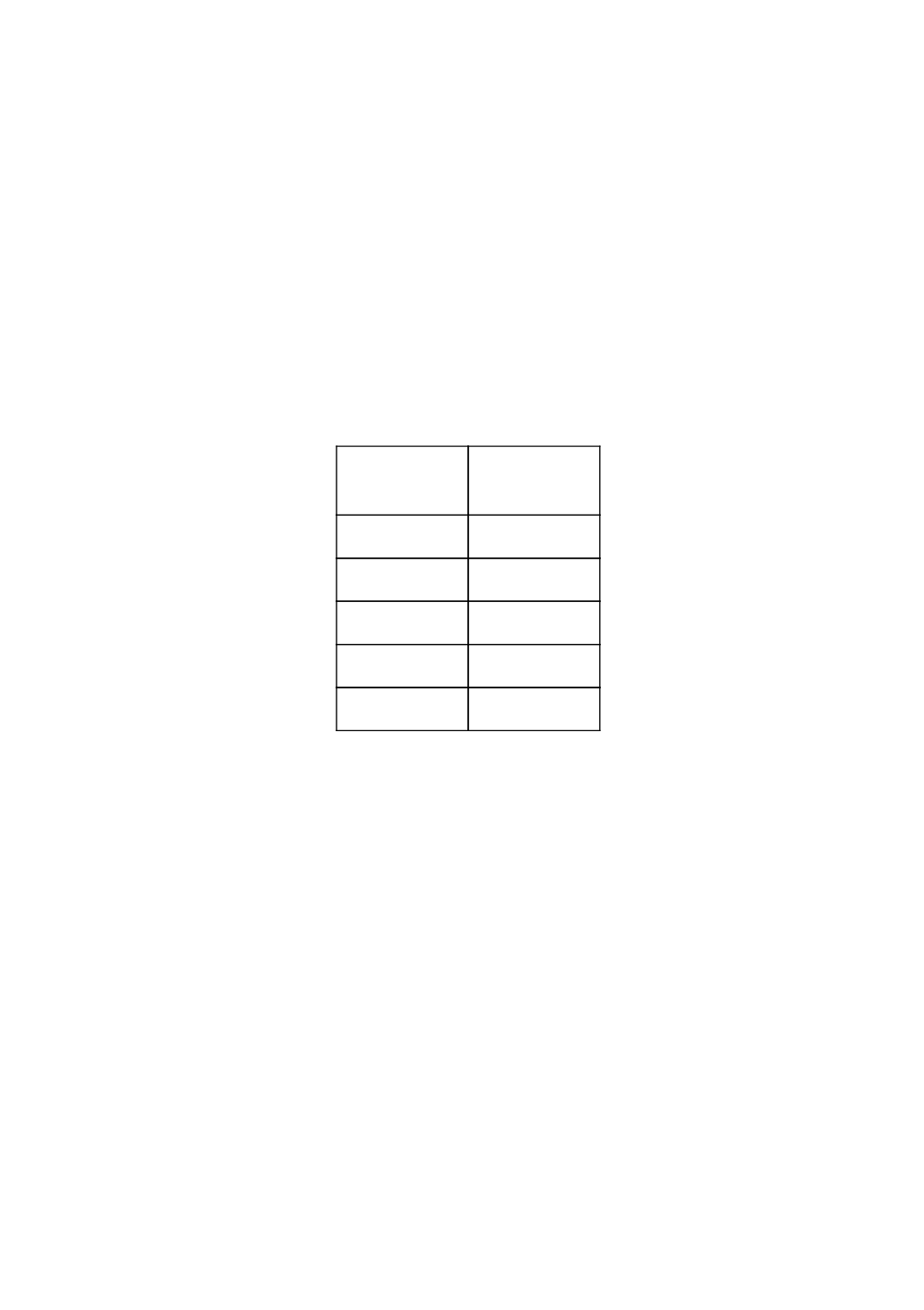

VOLUNTEERS
While the AIF lurched from one disaster to the next with regards to
casualties censorship protected the Australians at home from the realities
of war.
Initial enthusiasm for war and supporting Britain was obvious from the
following enlistment numbers in 1915 and 1916 but this support tailed
away as the war failed to come to a conclusion, only concluding in 1918
after more than four years.
It should also be remembered that many soldiers only arrived back in
Australia in the second half of 1919.
YEAR
Number
Enlisted
1914
52,561
1915
165,912
1916
124,352
1917
45,101
1918
28,883
With high casualty rates at Gallipoli and in the early British and French
battles on the Western Front in 1915 recruiting committees were
established in many towns and the idea of recruiting marches was formed.
Between October, 1915 and February, 1916 there were nine marches from
different parts of the state of New South Wales. All marches began in
regional areas and were completed in larger coastal cities.
The March that was most relevant to local history was the
“March of the
Wallabies”
. This march and other marches and regional recruiting
committees encouraged the patriotism of local men to “join up”.
The Marches promoted a degree of “regional” competition that helped
swell the number of recruits.
The March of the Wallabies started with twenty five (25) men at Walgett
and weaved its way through north western towns of New South Wales
87















